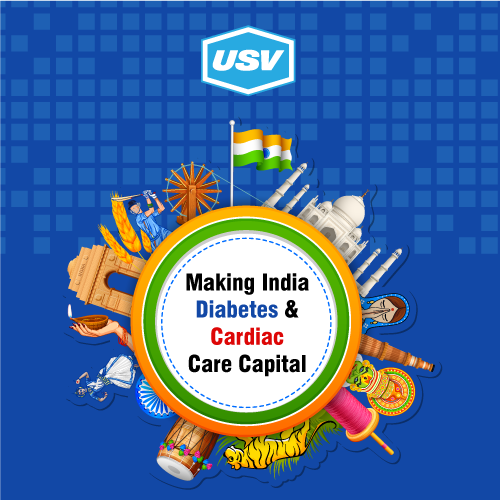Obesity and the paradox of mortality and heart failure hospitalization in heart failure with preserved ejection fraction

‘Obesity paradox’ is the term used for a protective effect on survival after diagnosis of Heart Failure (HF) due to obesity. Information regarding the effect of obesity on hospitalization and paradox in heart failure with preserved ejection fraction (HFpEF) patient is limited. Mandviwala and colleagues (2020) published their investigation titled “Obesity and the paradox of mortality and heart failure hospitalization in heart failure with preserved ejection fraction” in the International Journal of Obesity. Summary of findings is given below:
Objective:
To evaluate the consequence of obesity on ambulatory patients with HFpEF.
Method:
A total of 2501 ambulatory HFpEF patients were studied for over 2 years. The investigation to find the relationship between BMI and the time to all-cause mortality, heart failure (HF) hospitalization, and all-cause hospitalization was conducted.
Findings:
A study found that increasing BMI is associated with lower mortality in HFpEF patients in ambulatory settings than their leaner counterparts. The majority of men with improved survival is observed in this cohort study. A similar improvement is also observed in patients with class III obesity. Contrary to this, findings also highlight that increased BMI increases the risk of HF hospitalizations but without affecting all-cause hospitalization.
Limitations:
Several factors contribute to limiting the study i.e. the retrospective design of the study, the male population is predominantly included, the shorter span of 2 years, insufficient measurement to identify obesity, lack of physical activity information. The overall use of spironolactone was low in this study although it is associated with lowering the risk of HF hospitalization but not all-cause of hospitalization.
Authors acknowledge future long-term clinical trials in severely obese patients with HFpEF to evaluate the safety of weight loss on mortality and morbidity.
Image Credit: Abstract photo created by freepic.diller – www.freepik.com






